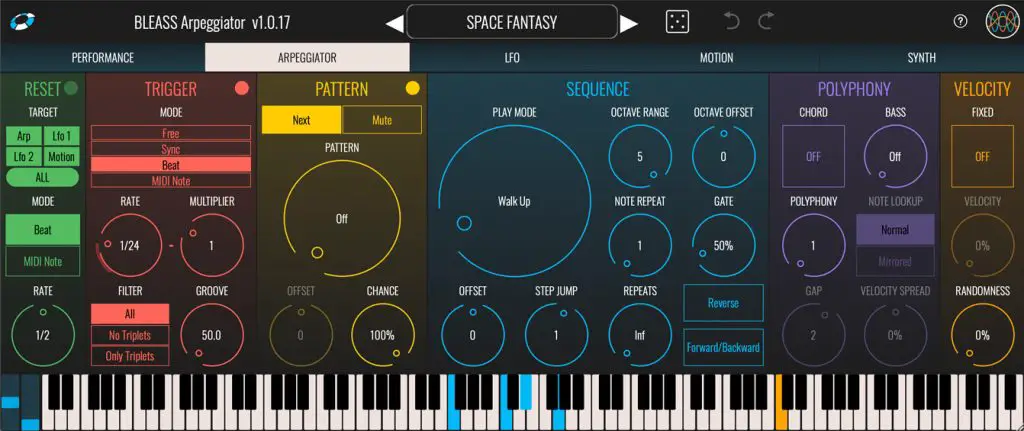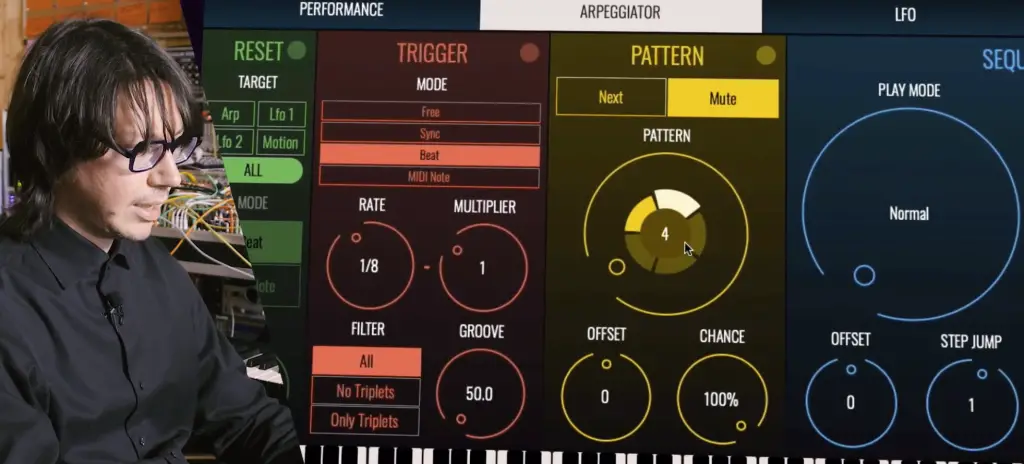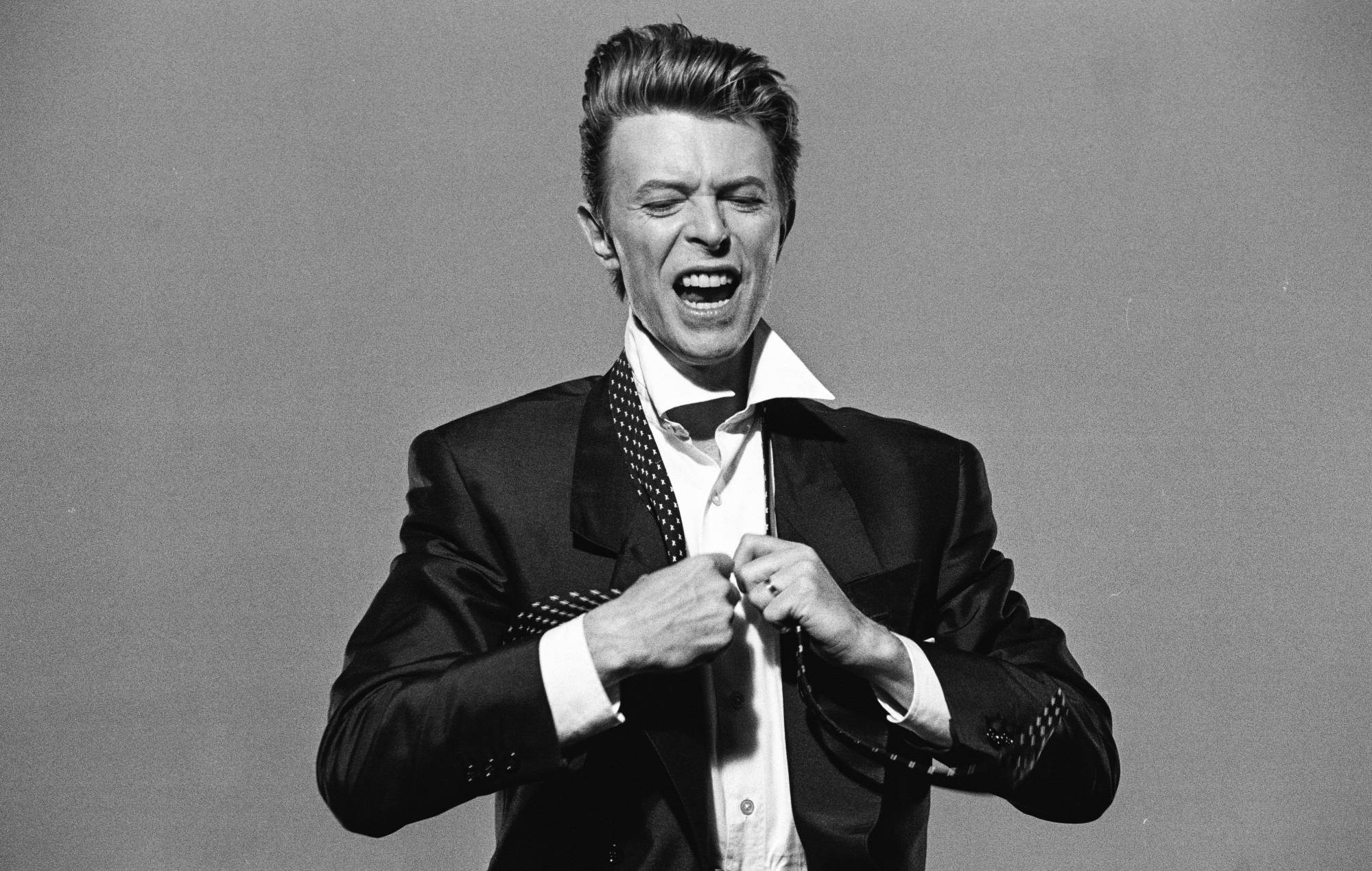How you use the tools available defines your sound as an artist, and using conventional tools in unconventional ways is one of the best ways to create unique results that stand out from the crowd. Everyone and their mother uses arpeggiators in music production to develop melodic riffs, sequences, and even full melodies; so if they’re all doing that, how can you use arps differently than what they’re intended for?
Canblaster is one of the most creative sound designers and producers in the game lately. Much of their sound derives from using powerful, albeit conventional, plugins in unique and boundary-pushing ways. He’s so renowned for doing exactly that the team over at BLEASS, a plugin company that recently came on my radar and that I’ve been obsessed with ever since invited him on to help design and shape their latest BLEASS Arp plugin.
So to celebrate not only the release of Canblaster’s latest album but also some incredible updates that BLEASS made to their Arp plugin, I invited Canblaster on to chat about creative and innovative ways to use arpeggiators in your music to get results as unique as he does. So check out his music below to familiarize yourself with his sound and style before diving into the secret sauce on creative ways to use arps in music production.
Could you share a technique for using arps to generate unique melodic elements that listeners might not immediately recognize as arpeggiated patterns?
There were three main focuses while developing this arp : The order of the notes played, their rhythm, and finally, breaking the regularity of the usual arps.
For the order of the notes, we developed many ways to play notes (up, down, converge …), inspired by real music and ways a real piano player would interact with the keyboard. I took influences from musicians that I love, like Ennio Morricone, Debussy and Isao Tomita, Tangerine Dream, Trance, Yuzo Koshiro for Sonic … Different horizons really, thinking what sequences could be turned into proper Arpeggiator Play Modes.

The Arp does Polyphony, too. It can play several notes at the same time in a particular order, a feature that I’ve seen very rarely in Arpeggiators before. If you like a polyphonic synth/preset, you have to try it!
For the rhythm, we used the pattern mode, which provides polyrhythmic possibilities, so the rhythm becomes interesting right away. There is also a Trigger mode, where you can write the rhythm of your arpeggiator completely via midi. It’s like sidechaining an arpeggiator!
For regularity, BLEASS Arp has tons of LFOs but also a proper Sequencer that you can link to anything in the plugin through a simple matrix; you can change the speed, the octave, the rhythm, and the way notes are played … And it will be different every kick if you want it to.

How can you balance pre-programmed arpeggiator patterns with real-time performance manipulation for live shows?
There is a whole page dedicated to performance. Of course, there is the mod wheel, plus two pre-programmed XY slots if you have a Touchpad or a controller with a Joystick. This works well with MPE and expression pedals, too.
You can assign anything, such as speed, octave, pattern, note order, velocity, and even the speed of your pre-programmed LFOs, which starts to become really wild. That’s the core of this plugin.
What’s your approach to selecting the right arpeggiator settings to match the vibe and tempo of a piece?
The combination of pattern and reset is really important. There is a reset mode in this arp where you can ask him to return to the note’s beginning every time. You can even trigger it manually and sync it with an element of your composition while you keep playing other notes you want.
Do you have any unconventional methods for ensuring that arpeggiator outputs blend well with other elements in a mix?
[embed]https://youtube.com/watch?v=B7xyzIoCZF4&si=plveMpAU5RAXjGqR[/embed]This ARP has some velocity options so that you can be very creative. You can either set it to random with one click or control it with some performance parameters or the inbuilt sequencer.
In the old days, I would have several arps playing together at different times to achieve what I wanted. Now, it’s all possible in one arpeggiator, which saves a ton of time for me.
What advice would you give to producers looking to experiment with arpeggiators in unconventional ways?
First test the motion sequencer part of the arp, I have a background in modular synthesizers so I approached the arp this way with the BLEASS team, once you understand how the Matrix works (which is really simple), you will get how far you can go in terms of making your arps live.
My only advice is, wherever in the sequencer, LFOs or yourself with pressure, touchpads, joysticks, control pedal, modwheel, etc … Link anything to anything and be surprised by how far you can go.
The post Creative Ways To Use Arps In Music Production: Canblaster Shares His Unconventional Secrets And New Approaches To Producing appeared first on Magnetic Magazine.



